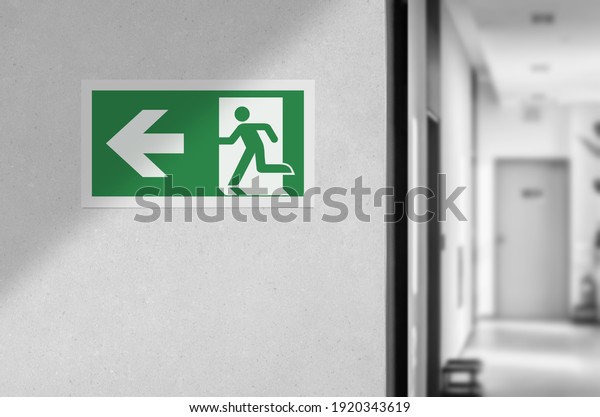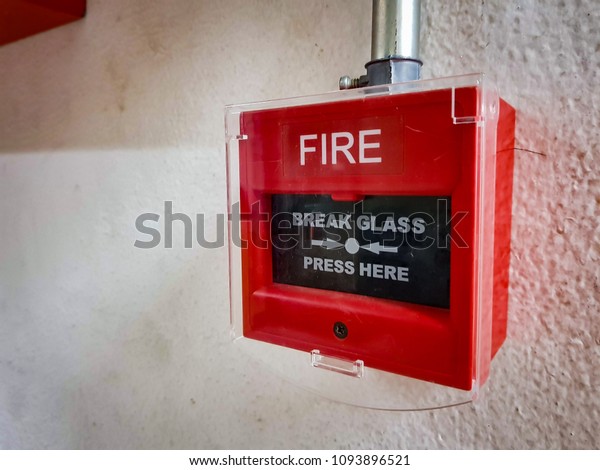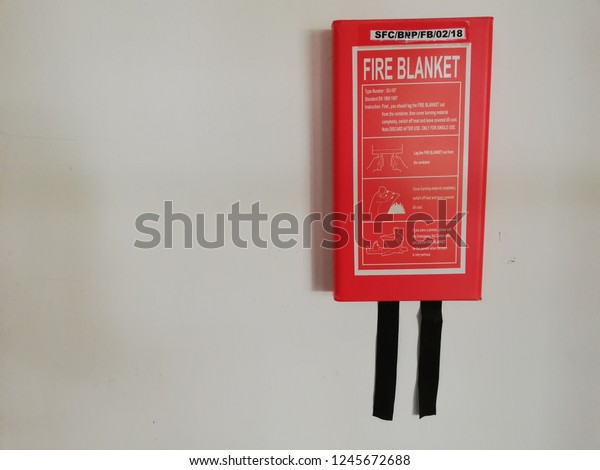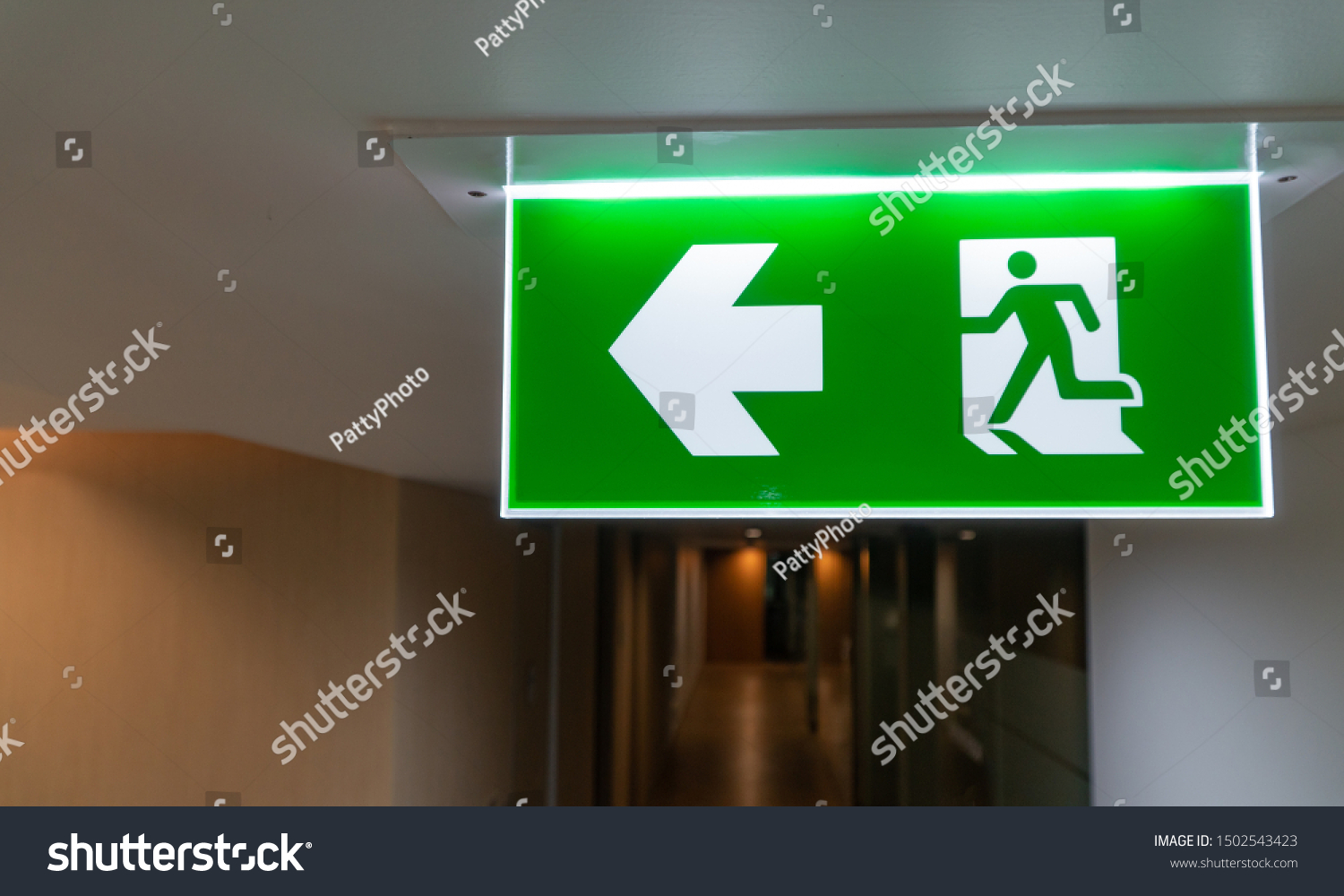Welcome to Follow Emergency Procedures. In this topic, you will learn:
Identify and report workplace emergencies Respond to emergencies Implement evacuation proceduresTerminology and vocabulary reference guide.
Working in an office environment, you need to be familiar with terms associated with principles and use the terms correctly (and confidently) with clients, your colleagues, and other industry professionals. You will be introduced to many terms and definitions. Add any unfamiliar terms to your vocabulary reference guide.
Activities
There are activities within this topic and an automated quiz at the end of this topic. This is not part of your assessment but will provide practical experience that will help you in your work and help you prepare for your formal assessment.

Emergencies come in many forms and are dangerous situations that require urgent action. Identifying what type of emergency is occurring will give a good indication of how to respond and who to inform. All workplaces must have an emergency evacuation policy and emergency plan that has been specifically developed for the workplace and its specific hazards and covers a range of potential incidents. All workers in a design studio must receive information, training and instruction about implementing the emergency plan. Emergencies need to be reported promptly to the required personnel or authorities according to workplace policies and procedures. The following list common emergencies that could occur in a workplace:
- Accidents
- Alcohol and other drug intoxication
- Crime (armed hold up)
- External threats
- Fire
- Flood
- Near misses
- Sudden illness
- Power failure or electrical hazards
- Earthquake
- Medical emergencies.
A reliable and effective means of communication should be established between all work areas and persons involved to permit and ensure effective evacuation of dangerous areas. Rescue equipment and a communication system to contact any necessary emergency services should be available and readily accessible at the workplace. The emergency procedures in the emergency plan must clearly explain how to respond to various types of emergencies, including how to evacuate people from the workplace in a controlled manner. Contact numbers for emergency services should be prominently displayed.
Emergency plans and procedures
A well–run business will reduce the likelihood of emergencies from occurring by implementing a set of instructions that allows for a safer and more productive work environment. These instructions are found within the workplace policies and procedures and are referred to as an emergency plan. It is a legal requirement that all Australian businesses have an emergency plan. An emergency plan may include practical information for workers such as:
Emergency contacts
This section of the plan includes the details for key personnel who have specific roles or responsibilities under the emergency plan, for example, Fire Wardens, WHS Officers and First Aid Officers. The workplace will have appointed an existing staff member to these roles.2 If ever there is uncertainty as to who is to notify in case of emergencies, seek assistance from the Supervisor or Manager.
Contact details for local emergency services
Emergency numbers of the Police, Fire Brigade, Ambulance and Poison Information Centre are among the common contacts during an emergency. These numbers can also be displayed on a notice board to be used for specific types of emergencies. The Tripple Zero (000) website provides a fact sheet for how to use this contact in emergencies.
Warning alerts
The workplace should have mechanisms for alerting people at the workplace to an emergency. Typically, there will be an alarm or siren that is part of the building or premises. Other alerts might include a whistle, air horn, bell or megaphone, visual devices (flashing lights) and/or audio devices. It is essential to recognise these different alarms/warnings and respond quickly once signalled. It is crucial to know the correct devices that trigger the appropriate alarm/s when there is a need for evacuation to respond accordingly.
Evacuation procedures
Evacuation procedures: including arrangements for assisting any hearing, vision or mobility-impaired people.
Insert activity here.
It is the duty and responsibility of the workplace to train and have written procedures for responding to emergencies. The responsibilities of each worker are being familiar with what these are and responding to emergencies in line with their level of responsibilities. The worker must become familiar with the emergency alarms and signals, break glass alarms, evacuation routes, emergency exits, assembly areas, Fire Wardens and WHS Officers of their workplace. Workers must follow procedures for responding to incidents and emergencies in line with the level of their responsibilities, these may include:
- Calling the correct emergency services
- Notifying the correct personnel in the workplace
- Following instructions and directives from WHS personnel
- Applying first aid
It is essential to understand the limitations of your responsibilities and understand that the best way to handle some situations is to notify others in the workplace to emergency services that can best handle certain situations. Unless there is training supporting and allowing workers to intervene in serious emergencies, it is best to direct the correct personnel or authorities to provide aid and assistance.
Following procedures for responding to incidents and emergencies.
In the event of an emergency, an incident report will need to be completed, even if there were no injured casualties. This will form part of the contribution when responding to incidents. Other contributions include the specific procedures to emergency incidents. The following include potential emergencies and response procedures.
Fire emergencies
Fire is a major threat to many business establishments, and an outbreak of even a small fire may risk life, property and the environment. It may also compromise day-to-day activities. Workers must acquaint themselves with relevant signage that could assist them in a fire emergency. Fire Wardens will use these signs to assist the evacuation process. These include:
- Danger
- Exit
- Evacuation exit route
- Evacuation procedure
- Emergency contacts
- First aid
- Fire alarm
- Fire blanket
- Fire door
An amazing thing about signs and symbols is that they are very universal. Images that are commonly seen in the signage can be interpreted easily by anyone. Have a look at the following slide of images to see if you can identify their use and instruction during a fire emergency.





Fire emergency procedures include five simple steps:
- If safe to do so ensure the immediate safety of anyone within the vicinity of the fire. This may include the use of the fire extinguisher or assisting them towards the emergency exits
- Raise the alarm if not already sounding
- Notify the WHS officer if they are not yet aware
- Phone Emergency/Fire services (000)
- Evacuate the premises and follow evacuation procedures. Staying close to the ground if the premises are filled with smoke.
In the case of a fire do not:
- Use the elevators in the case of becoming trapped
- Re-enter the building until you have been given the all-clear by the Fire and Emergency Services personnel and Fire Warden.
Medical emergencies
Medical emergencies can arise from time to time, it is important, if not trained to diagnose, not to make assumptions or treatment unless trained to do so. Assumptions of medical conditions or injuries can lead to an incorrect diagnosis that can endanger a casualty and any type of treatment that may be applied may be done incorrectly. It is critical to advise the correct emergency services to assist in all medical emergencies.
Medical emergency procedures include five simple steps:
- Contact the workplace’s First Aid Officer
- Avoid moving the injured individual is seriously injured unless they are in a life-threatening situatio
- In the event of a serious injury or illness, immediately call emergency services (ambulance 000). Be prepared to communicate as much information as possible regarding the:
- nature of the injury
- location of the incident
- individual’s physical and mental state. Are they conscious, breathing or bleeding?
- For injuries that do not require urgent attention, visit a local general practitioner
- Notify the WHS officer if they are not yet aware and complete an incident report.
Please note: Only trained personnel should provide first aid or CPR such as the first aid officer. Be ready to follow instructions provided by First Aid Officers.
Insert activity here.
Evacuation procedures should include arrangements for assisting any hearing, vision or mobility-impaired people.3 The following video explains how to safely evacuate a premise during an emergency and what to avoid doing. Pay close attention to the responsibilities of staff, designated personnel and the steps in the evacuation process to guide everyone to safety in the case of an emergency in the workplace.
In summary, the emergency evacuation should include the following five simple steps:
- Activate an alarm
- Notify the First Aid/WHS Officer
- Evacuate the premises calmly and quickly using the appropriate exits
- Assist others in the workplace to evacuate safely
- Assemble to the designated meeting area for a headcount.
Fire warden and WHS Officer
The roles of the WHS Officer and Fire Warden provide assistance to all workers in the case of specific emergencies. The roles of these typical Workplace Health and Safety officers allow for a reliable and informed source to handle emergencies. A necessary skill that these roles must ascertain when managing situations and people in the event of emergencies, is using clear and direct words to relay information. Fire Wardens and WHS officers must keep the language simple, direct, clear and concise. Instructions must be short and blunt to ensure the person you are communicating to does not misinterpret the message. Words used must be strong so to convey the message of urgency. For instance, “Stop what you are doing, we all need to evacuate immediately.” This sentence is effective, stays relevant to the point and expresses the urgency needed whilst giving a clear command. The following table contains examples of effective and ineffective methods of communication during an emergency.
| Ineffective communication | Effective communication |
|---|---|
| “See that sign over there? Can you please read it and try to leave through there with everyone? Walk slowly.” | “Follow the exit signs to evacuate the premises and calmly make your way to the assembly area” |
| “I don’t recommend you grab your belongings right now because it might take up too much time and something bad might happen when you are doing that. We need to leave.” | “Leave your belongings, we need to remain safe and evacuate together immediately” |
| “Why are you screaming? You are being too loud, and you need to relax.” | “Remain calm. Focus on my instructions. I will help you get out of this emergency.” |
In summary, in an emergency, the procedures that need to be followed are those of the WHS officers and/or a Fire Warden. It is essential to know and understand the procedures according to workplace policies and procedures and also your own responsibilities in how to correctly respond and notify correct personnel.
Insert activity here.
In this topic, we focused on Follow Emergency Procedures. You have learnt about:
- Identify and report workplace emergencies
- Respond to emergencies
- Implement evacuation procedures.

